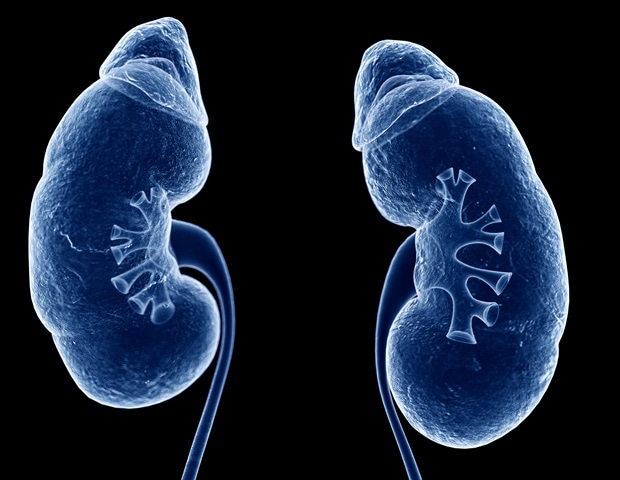A recent study has identified critical structural and cellular factors influencing the selectivity of the cancer-associated enzyme, N-acetylglucosaminyltransferase-V (GnT-V). Published in the journal iScience on October 28, 2025, the findings shed light on how this enzyme, often linked to poor cancer prognoses, chooses its protein substrates.
Glycans, complex carbohydrates located on cell surfaces, play vital roles in cellular communication, structure, and protection. They attach to numerous proteins, and the specific attachment varies from one protein to another. Researchers have focused on GnT-V due to its abnormal upregulation in several cancers. GnT-V’s role in modifying N-glycans has been associated with various diseases, including Alzheimer’s, emphysema, diabetes, and several cancers. Understanding GnT-V’s substrate selection process could pave the way for potential therapeutic interventions.
Kizuka Yasuhiko, a professor at Gifu University and lead author of the study, emphasized the complexity of glycan biosynthesis. “The glycosylation process involves adding carbohydrates to proteins, but how glycan biosynthetic enzymes select their substrates remains unclear,” he stated.
Key Findings on GnT-V Selectivity
The study revealed that GnT-V exhibits selective preference based on two main factors: the three-dimensional structure of the target protein and the subcellular trafficking dynamics within polarized cells. In polarized cells, which have distinct structural regions, the basal and apical surfaces serve different functions. This study, conducted using mouse kidney tissues, raises questions about whether the observed selectivity can be generalized across other organ tissues.
The researchers identified two metalloproteases as the primary substrates of GnT-V in the kidney, primarily localized at the apical surface. The selection of these substrates appears to depend significantly on their trafficking to the apical region and the proteins’ structural characteristics. Further investigations are required to clarify the precise mechanisms by which GnT-V selects its substrates, which could enhance the understanding of glycan modification processes.
Despite the promising results, the study has limitations. The reliance on specific proteins to identify GnT-V’s glycoprotein substrates raises the possibility that some substrates may have been overlooked. Additionally, the use of polarized cells complicates the generalizability of the findings, particularly concerning GnT-V’s modification processes.
Future Implications and Collaborative Efforts
Yasuhiko and his team are eager to continue their research to unravel the complexities of glycan structures in glycoproteins. “This could lead to the precise prediction of glycan structures of each glycoprotein in cells, contributing to eventual remodeling of glycans for therapeutic purposes,” he noted.
The collaborative research involved contributions from several institutions, including the United Graduate School of Agricultural Science at Gifu University, University of Osaka, Hiroshima University, and Kumamoto University. Financial support came from the Japan Science and Technology Agency, Japan Society for the Promotion of Science, the Human Glycome Atlas project, and the Ministry of Education, Culture, Sports, Science and Technology.
As the understanding of GnT-V’s selectivity expands, researchers hope to unlock new avenues for therapeutic strategies targeting glycan modification, potentially transforming approaches to treat a range of related diseases.







